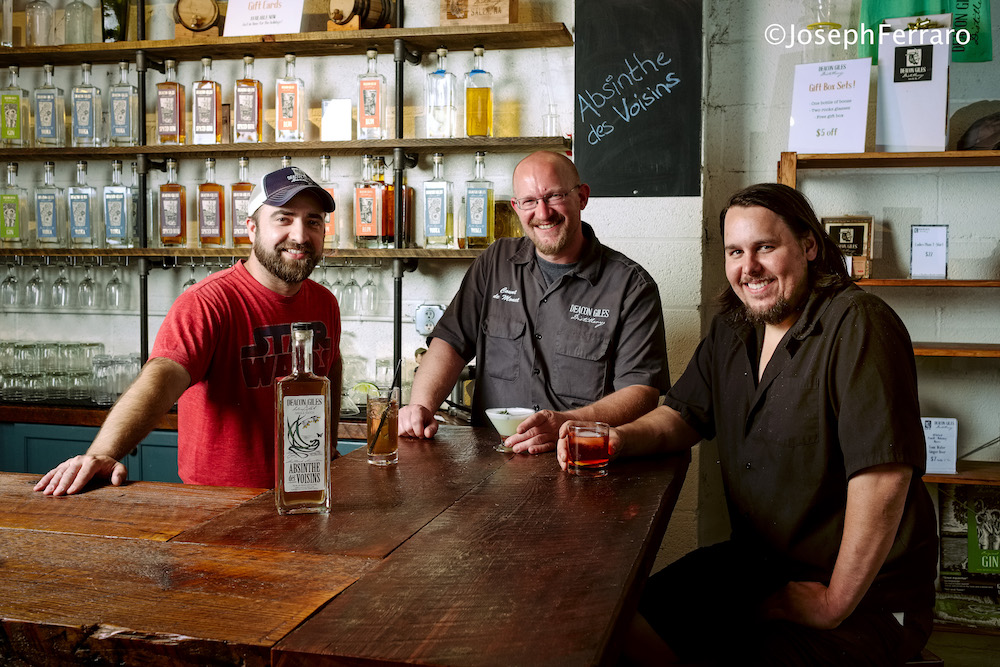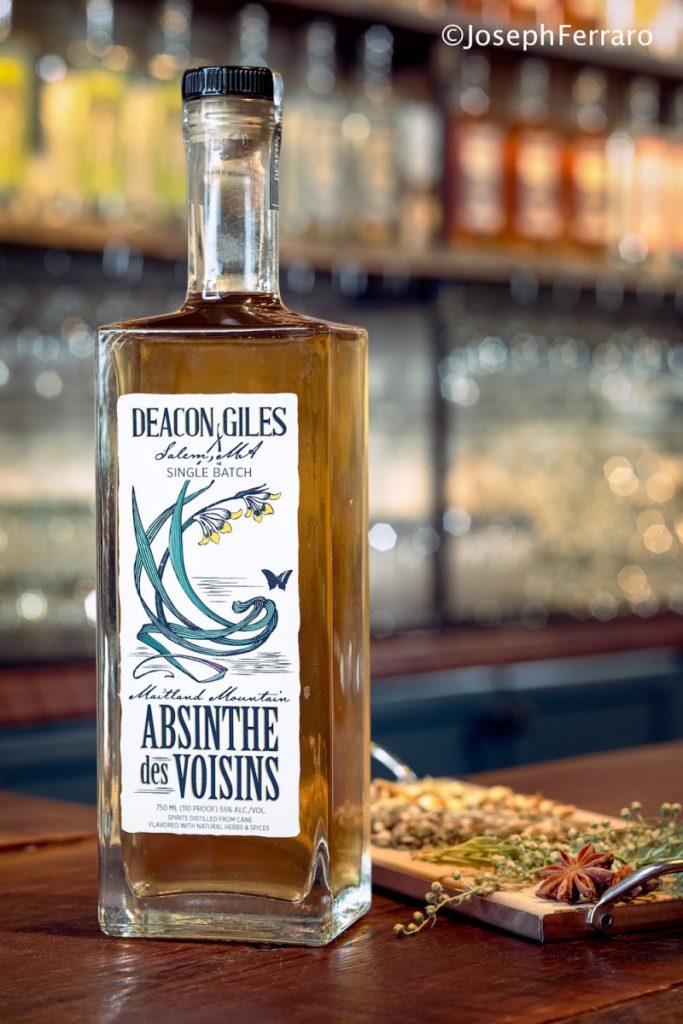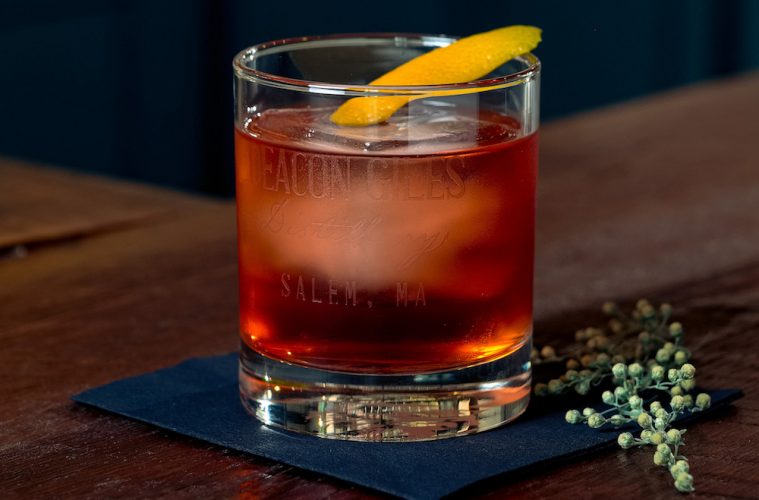Absinthe has an alluring mystique—and a scary reputation. The spirit was banned in the United States and most of the rest of the world for almost 100 years, due to reputed hallucinogenic properties. Artists, poets, and writers, from Oscar Wilde to Vincent Van Gogh, considered it a muse—sculpting, painting, and penning odes to the potent pale green distilled spirit.
The green fairy, as it is sometimes called, even comes with its own ritual. The preferred way to drink it is to pour some into a glass topped with a slotted spoon holding a sugar cube, and then slowly drip cold water onto the sugar. As the sweet, icy water hits the absinthe, it turns a spooky milky hue.
The spirit gets its name from Artemisia absinthium (commonly known as wormwood), a pretty perennial plant with silvery leaves and a savory-citrusy-minty aroma. While wormwood supplies thujone—the chemical blamed for hallucinations—it does not contribute the classic anise/licorice flavors. Those come from more standard kitchen seasonings like anise and fennel, elements that different distillers can adjust if they wish.

“Absinthe is a good fit for our community,” says Ian Hunter, co-founder of Deacon Giles Distillery in Salem, which is launching a line of single-batch spirits in October with an absinthe and a coffee rum, using beans from Atomic Coffee Roasters in Beverly. “It ties into the mystique of Salem and our namesake.”
The name Deacon Giles, comes from an old temperance tract meant to discourage alcohol consumption with the story of an impious distiller whose liquor was branded by demons with messages of eternal damnation.
While absinthe seems an obvious fit for a Salem distillery, steeped as it is in mysticism, this new version is more thanks to kismet than intent. Hunter met Andy Varela, who had started growing wormwood a few years back on a whim at his Maitland Mountain Farm in Salem, through a mutual friend. Varela was using the plant in custom bouquets, knowing he didn’t have the equipment or skills to distill it.
“Artemisia absinthium is cool,” says Varela, noting that it is drought and pest tolerant, but has a dangerous reputation. “I have always been into the folklore of it. People are fearful of drinking it.”

Indeed, the hallucinogenic properties in absinthe are the stuff of legend—literally. Recent scientific studies have shown that even in pre–Prohibition era absinthe, the amount of thujone was negligible to nonexistent. While the chemical is dangerous at high levels, people would die from alcohol poisoning before consuming that amount in most absinthe. In fact, thujone is found at higher levels in many culinary herbs, such as sage, than in wormwood. So all those folks who claimed to be tripping were likely just really, really drunk. The spirit was historically bottled at between 45 percent and 75 percent alcohol by volume—that’s as much as 150 proof. Deacon Giles’s product will be on the low end, around 55 percent ABV.
However, the thujone hangover exists even today; Hunter had to send samples of his absinthe to the Alcohol and Tobacco Tax and Trade Bureau (TTB) for testing to ensure that no thujone was present in the distilled spirit, which they are calling Absinthe des Voisins—French for “absinthe of neighbors.”
It’s a lovely sentiment. Both Varela and Hunter see this as the start of a beautiful friendship, as Maitland Mountain Farm is planning to start growing other hard-to-find plants for the distiller.
“Working with local partners is a huge part of our single-batch vision,” Hunter says.
The Scarlet Letter
Jesse Brenneman, co-founder and chief alchemist at Deacon Giles, dialed back the licorice flavors in their Absinthe des Voisins in favor of displaying more of the spirit’s minty, citrusy character.
This cocktail is a variation on a negroni known as The Quill. Deacon Giles’s mixologists cut back on the vermouth in the classic recipe, because of the slight sweetness in their gin, and upped the absinthe a bit for more of an herbal kick. The herbal qualities of the absinthe provide a surprising balance to the Campari, with the anise flavors coming through in the finish.
> 1 oz. Deacon Giles Original Gin
> 1/2 oz. Absinthe des Voisins
> 1 oz. Campari
> 1/2 oz. sweet vermouth
> orange twist
1. Fill a mixing glass halfway with ice, add spirits, and stir for 20-30 seconds until well chilled.
2. Strain into a rocks glass over a large cube.
3. Express the oil from an orange peel and then garnish with an orange twist.
Deacon Giles Distillery
75 Canal St., Salem

